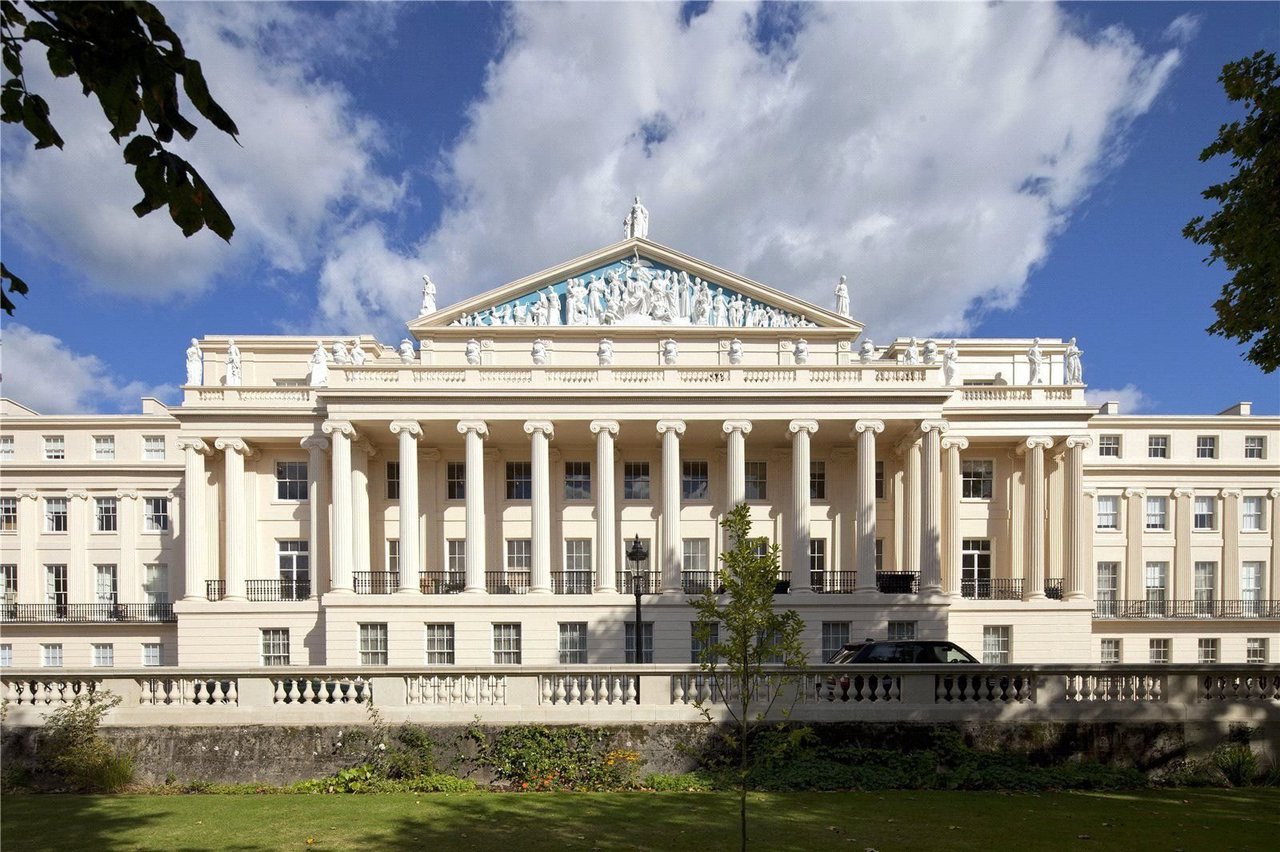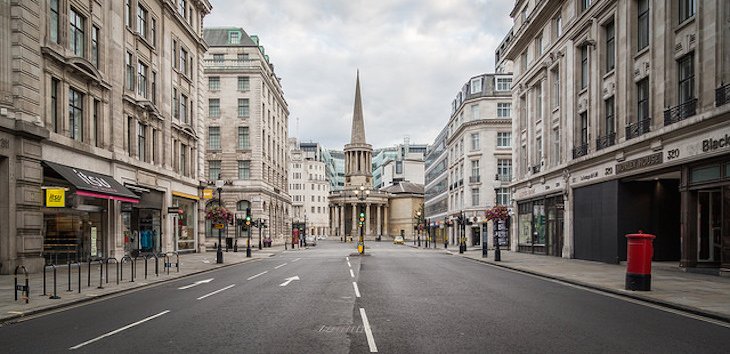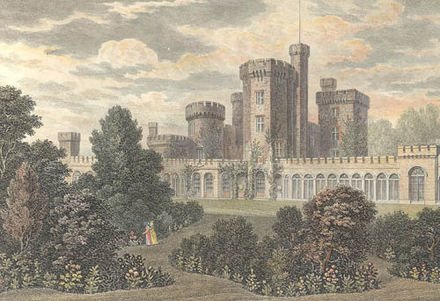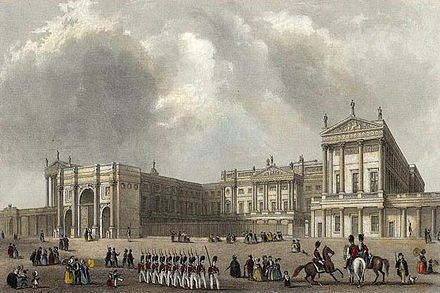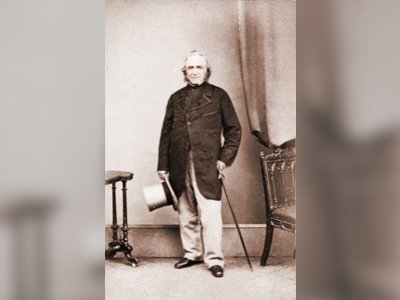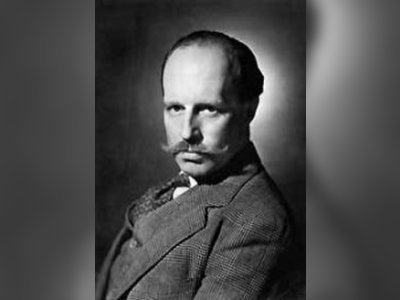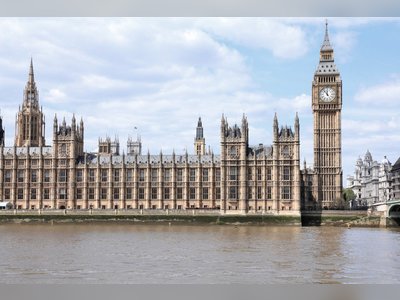British Heritage
Remember, Cherish, Learn.
beta
John Nash
A Pioneer of British Architecture and Urban Planning.
Contribution to British Heritage
John Nash, a prominent British architect of the Georgian and Regency eras, left an indelible mark on British heritage through his innovative designs and town planning projects. His work played a crucial role in shaping the architectural landscape of London, and many of his creations have become iconic symbols of the city's heritage. Nash's designs combined neoclassical and picturesque styles, resulting in buildings and spaces that exuded elegance and grandeur.
Perhaps one of Nash's most significant contributions was his collaboration with the Prince Regent, later King George IV. This association granted Nash the opportunity to develop several grand architectural projects, including the impressive Buckingham Palace, which now stands as the official residence of the British monarch. Additionally, Nash's architectural vision extended to the creation of Regent Street, Regent's Park, and the Royal Pavilion in Brighton, all of which have become emblematic of British urban planning and architectural excellence.
Legacy of John Nash
John Nash's legacy is characterized by his innovative approach to architectural design and town planning, his ability to blend different architectural styles harmoniously, and his vision for grand and picturesque public spaces. His work exemplifies the transition from traditional Georgian architecture to the more elaborate and ornate Regency style that defined the early 19th century.
Nash's influence on the development of London is especially significant. His designs for Regent Street and Regent's Park set new standards for urban planning, incorporating public spaces, terraces, and villas in a cohesive and picturesque manner. These projects not only enhanced the aesthetic appeal of the city but also improved its functionality and accessibility.
Furthermore, Nash's work left a lasting impact on the field of church architecture. He contributed ten church designs, which displayed a unique blend of classical and gothic elements, serving as a testament to his versatility as an architect.
Contribution to British Heritage
Nash's most iconic contribution to British heritage lies in his work in London. He played a pivotal role in transforming the city into a grand and elegant metropolis that still captivates visitors to this day. His design of Buckingham Palace, a symbol of British royalty and power, remains an essential part of the country's cultural heritage. The palace's architectural splendor and historical significance make it one of the most visited landmarks in the United Kingdom.
Regent Street, another of Nash's grand urban projects, has become a symbol of British commerce and style. Its wide boulevards, elegant facades, and spacious pedestrian areas set new standards for urban planning and retail development, leaving a lasting impression on cityscapes worldwide.
Regent's Park, characterized by its picturesque layout and elegant terraces, represents Nash's vision for harmonious and sophisticated urban living. This expansive green space provides an oasis of tranquility amidst the bustling city, offering recreational opportunities and a testament to the importance of green spaces in urban planning.
The Royal Pavilion in Brighton exemplifies Nash's ability to blend architectural styles seamlessly. This exotic and flamboyant building, influenced by Mughal architecture, stands as a symbol of the city's history and has become a must-visit site for tourists and architecture enthusiasts alike.
Success of John Nash
John Nash's success as an architect can be attributed to his visionary approach to design, his adaptability to various architectural styles, and his ability to secure prestigious commissions. Nash's partnership with James Burton, a successful property developer, played a crucial role in funding many of his projects, allowing him to bring his grand architectural visions to life.
His close association with the Prince Regent, who later became a patron and employer, opened doors to numerous prestigious projects and commissions. As the architect to the Surveyor General of Woods, Forests, Parks, and Chases, Nash was granted the opportunity to influence and shape the urban landscape of London.
Throughout his career, Nash demonstrated an unwavering commitment to excellence, which earned him a reputation as one of the foremost architects of his time. His innovative and influential designs ensured his place in history and made a significant impact on British architecture and urban planning.
General Information
John Nash, born on 18 January 1752 in Lambeth, South London, emerged as a leading British architect during the Georgian and Regency eras. His architectural journey began with an apprenticeship under Sir Robert Taylor, which he completed in 1775 or 1776. Nash initially faced financial difficulties and bankruptcy in the early years of his career but found success after inheriting £1000 in 1778, which he invested in his independent works.
Nash's career flourished after forming a partnership with James Burton, a successful property developer, and securing commissions from the Prince Regent. His projects, such as Regent Street, Regent's Park, Buckingham Palace, and the Royal Pavilion in Brighton, showcase his ability to blend neoclassical and picturesque styles. His works extended beyond London, encompassing Wales, Scotland, and even as far as Brighton.
Despite facing financial challenges and controversies throughout his career, Nash's architectural legacy endures as a testament to his innovative vision and profound impact on British heritage. He passed away on 13 May 1835, leaving behind a legacy of iconic buildings and elegant town planning projects that continue to shape the architectural fabric of the United Kingdom.
- John Nash (architect)en.wikipedia.org
